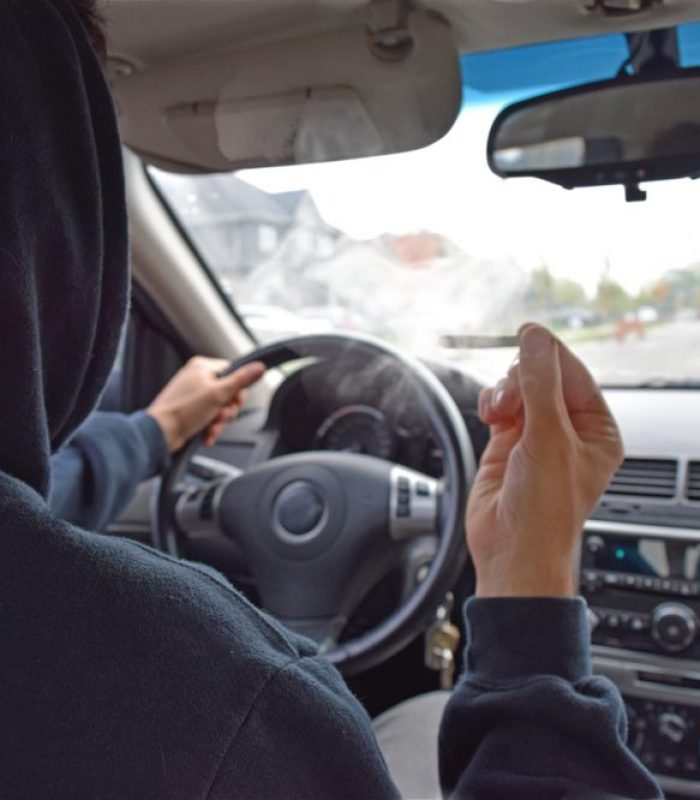The holidays will arrive a few weeks early for Canadians this year as THC and CBD edibles will finally be released for public consumption.
After a long year of waiting, cannabis edibles are hitting store shelves and online retail inventories. Both THC and CBD edibles will be available come mid-December, right in time for last-minute holiday shopping.
After October’s legalization in 2018, many Canadians were scratching their heads wondering where the edibles were. For almost a year now, there has only been a flower, oils, seeds, and cannabis plants available. We’ve had a pretty slow and steady start to adult-use cannabis, with limited products to choose from.
As the largest developed nation with recreational cannabis, the Canadian government wanted time to carefully craft regulation. They wanted space between the initial soft launch, and the introduction of other cannabis products seen elsewhere in legal markets. But this is about to get a shakeup with edibles.
On October 17, 2019, the government will enact new regulations covering the sale of exciting new cannabis products, into the Cannabis Act. After sixty days of transition (producers need time to submit official proposals), Canadians will finally see edibles, drinks, topicals, and extracts created for inhalation and ingestion.

What are the Specifics on Edibles in Canada?
It’s safe to say, Canadians are very excited to see edibles available through legal channels. But, Canadian versions, including both THC and CBD edibles, will look a little different than what we’ve seen in other legal regions like Colorado, Washington, and Oregon.
Edibles in Canada are under restriction, so each package must not exceed a maximum of ten mg of THC. As a comparison, edibles in some U.S. regions can have up to one hundred mg per package. In the U.S., usually single servings (ex: pieces of a chocolate bar) have a restriction of around ten mg, but the package as a whole has a higher allowable potency.

Legal Limits for Edibles
The Canadian government has decided it is best to put stringent limits on total THC per package, not per piece. This will undoubtedly change the way edibles look in the country, compared to our southern neighbours.
Plus, it is not permitted to add vitamins, minerals, nicotine, or alcohol to any edibles. There are also restrictions on the levels of caffeine in the products.
Finally, the government has paid particular attention to packaging and labeling. Every package must indicate how much THC and how much CBD per edible, as well as an equivalent to dried flower. As with all food (or drink), cannabis edibles will need to show a detailed ingredient and nutrient list.

What Should You Know Before You Try?
Edibles work much differently than other methods of consumption. Since they may hit stronger than expected, many people have had a challenging experience with them. Even CBD edibles might feel different than tinctures or oils, although they are not intoxicating. Dosing edibles is a skill you need to learn!
What should you expect if this is your first time eating a delicious baked treat or sweet candy infused with cannabis? First, know that because the cannabinoids must first travel through your digestive tract, the onset of effects doesn’t happen right away. Your metabolism impacts how fast the experience comes on; it can take upwards of two hours for the full effects to become apparent.
If you’ve already eaten a single serving, and don’t feel anything, should you go back for seconds? It is highly recommended that you do not go back for seconds. This strategy is what generally gets people into trouble, as they suddenly feel the effects of two doses at once. When it doubt, wait it out.
If you are unfamiliar with cannabis in any format (smoked, vaped, tinctures), THC edibles are not the best place to start. It’s much easier to control the dosage of inhaled cannabinoids. Plus the effects are short-lived. Once familiar with THC, start with a microdosed THC edible (usually that means under five mg of THC).
Always follow the mantra “Start low, and go slow,” to avoid overdoing it.

What Are the Differences Between THC and CBD Edibles?
CBD edibles are the exception to the rules listed above. While you should always take precautions with any new medicine, CBD edibles are not intoxicating. That means seconds (and thirds) will not trigger an uncomfortable high as you’d expect with a THC product.
CBD has a great safety profile. Yes, there can be side effects like diarrhea, tiredness, and changes in appetite, but these are generally very rare and mild when they do occur.
If this is your first time trying CBD (edible or not) continue to follow the golden rules of “start low, go slow.” You likely won’t need to start with a CBD microdose, however. With no risk of intoxication, you should be able to follow the package instructions for suggested serving size.
Canadians have been waiting a very long time to see other products in the recreational market. Edibles are finally coming, and the edible roll out right before the holidays couldn’t come soon enough. So, if you haven’t already been making edibles at home, December is time to start exploring your options.





